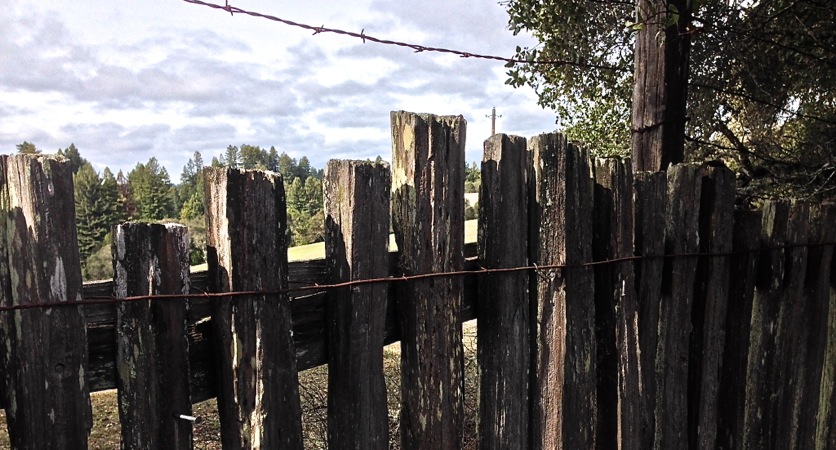In addition to learning new skills, adults often expect to (or at least prefer to) enjoy the time they spend in training.

Climb the fence, but watch the barbed wire.
Having fun, laughing at jokes, playing games, solving puzzles, watching videos, enjoying beautiful slides, even taking breaks… all of these can act as vehicles to add interest and value (or they can be expensive, time-consuming distractions). Still, when done well, these kinds of enhancements, done well, can:
- Increase attention
- Lighten the mood
- Alleviate tension
- Reduce anxiety
- Deliver content in a palatable way
To obtain the results we’re after (learning, transfer, improvements at work), here are three entertainment principles for trainers and instructional designers:
-
Keep Your Learners Awake. If there’s no way that a reasonable person can attend to the content, then find a new way. I had a chemistry prof once who expressed dismay when students slept through his lectures. Of course they did—his lectures were delivered in a low monotone. No excitement. Really terrible. Sadly, he didn’t figure that out. So, don’t be boring; sleeping people are not learning.Caveat: Don’t work so hard on being entertaining that the learning is lost.
-
Mix Things Up a Little. One way to do this is to provide variety in how you present things, how your learners practice, and what kinds of questions you ask to increase engagement. One of the worst examples of this is online courses where the major interaction is to click the next button.Avoid this (or at least don’t call it training).
-
Make It Relevant. Especially if the activities are unusual, it may not be obvious to your learners how to apply something new once they’re done with training. Years ago I took a leadership development course where the learners went rock and mountain climbing. The leaders were developing trust, respect, coaching, feedback, risk-taking, courage, self-observation, and additional leadership skills. But after returning to the office, I overheard some saying that they enjoyed it, but they didn’t know what it had to do with their work. The facilitators did not tie what they were learning in the mountains to what would happen when they were back in the office, working with their teams. An expensive course for that response.Always relate what people are learning to what they should be doing at work, especially if it doesn’t look, on the surface, anything like what they do at work.
Enjoyment, of course, is not the main point. What we hope for is an increase in knowledge and skills to reduce cost, improve quality, help us to get products to market faster, enhance customer satisfaction, and so forth. So we don’t add entertaining activities just for their own sake. But keeping people awake, mixing up what they’re doing, and making sure to draw relevant parallels to how they can use what they’ve learned is essential. Let’s do that. Let’s do it in a way that doesn’t break the bank or waste precious time, but that instead enhances both learning and transfer.
Resources
Article | Edutainment
List | Serious eLearning Manifesto
